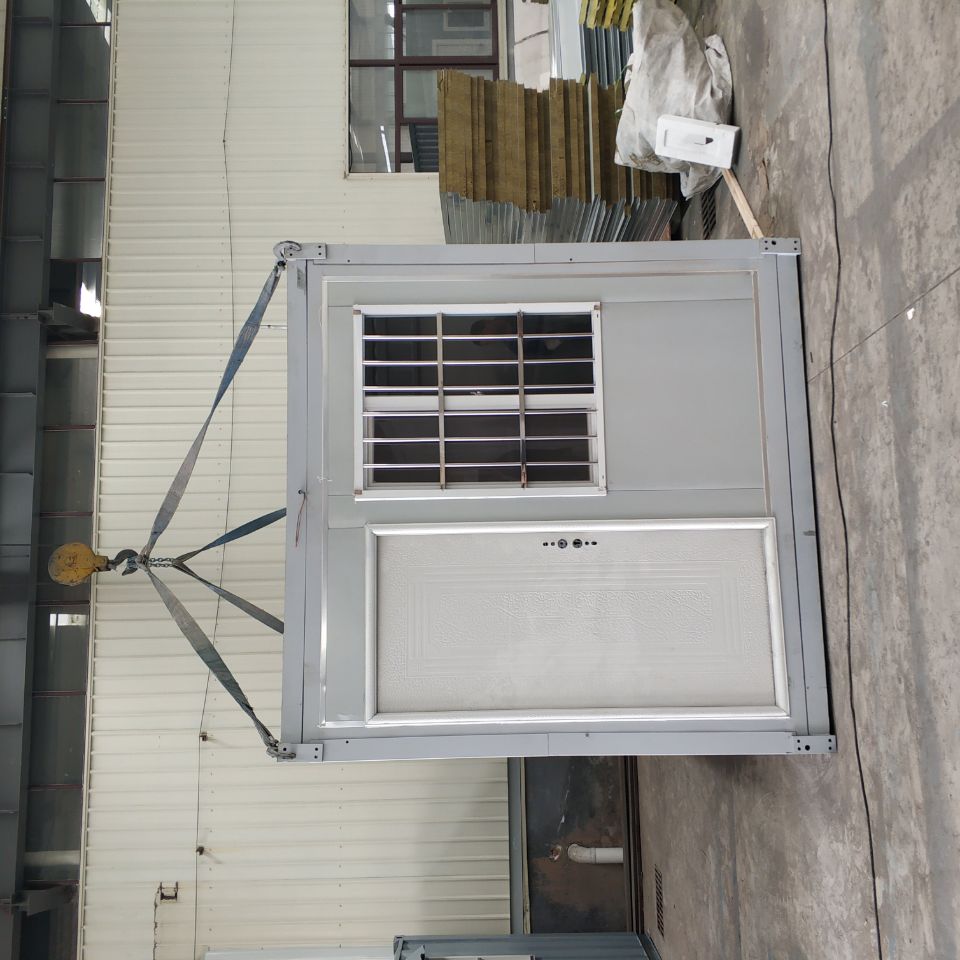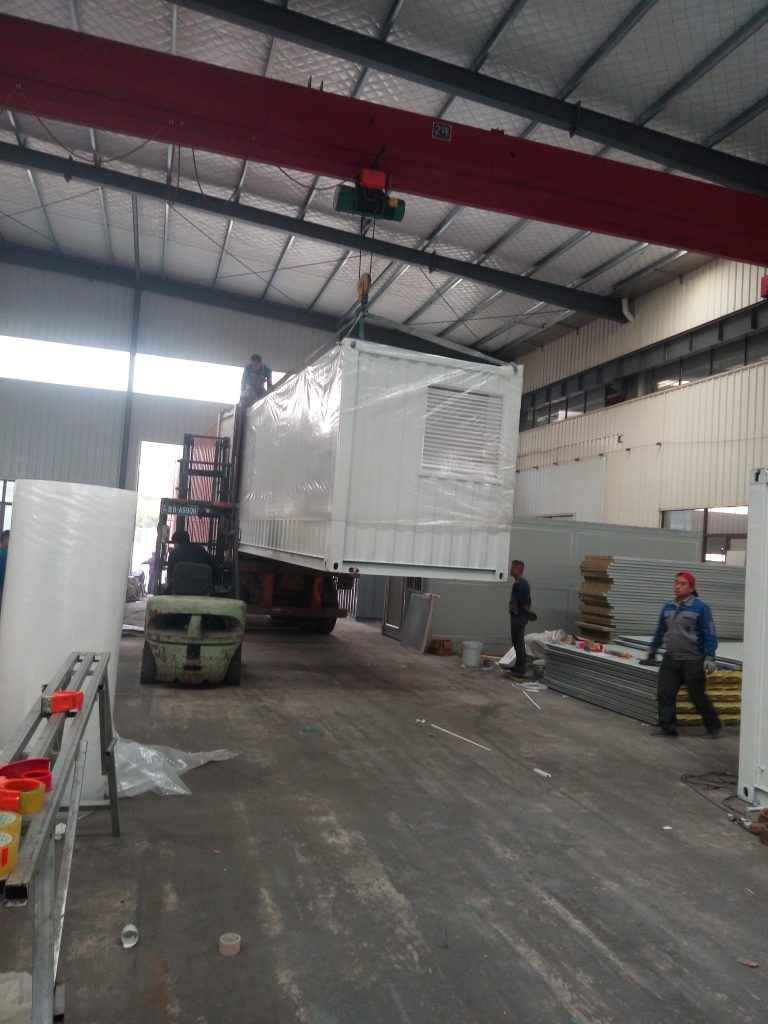Application of steel structure in solar power station construction
Inhoudsopgave
Advantages of Using Steel Structures in Solar Power Station Construction
Steel structures have become increasingly popular in the construction of solar power stations due to their numerous advantages. One of the key benefits of using steel in this application is its strength and durability. Steel is known for its high tensile strength, which makes it an ideal material for supporting the heavy solar panels and other equipment required for a solar power station. This strength also allows steel structures to withstand harsh weather conditions, such as strong winds and heavy snow loads, ensuring the longevity of the solar power station.
In addition to its strength, steel is also a versatile material that can be easily customized to meet the specific requirements of a solar power station. Steel structures can be designed in a variety of shapes and sizes, allowing for flexibility in the layout and configuration of the solar panels. This flexibility is particularly important in solar power station construction, where maximizing the use of available space is crucial for optimizing energy production.
Furthermore, steel structures are quick and easy to assemble, which can significantly reduce construction time and costs. The prefabricated nature of steel components allows for rapid installation on-site, minimizing disruptions to the surrounding environment and reducing the overall construction timeline. This efficiency is especially beneficial in the construction of large-scale solar power stations, where time is of the essence in meeting energy production deadlines.
Another advantage of using steel structures in solar power station construction is their sustainability. Steel is a highly recyclable material, with a high recycling rate that minimizes waste and reduces the environmental impact of construction projects. By choosing steel for solar power station structures, developers can contribute to a more sustainable and eco-friendly energy production process.
Moreover, steel structures require minimal maintenance over their lifespan, further reducing the long-term costs associated with solar power station operation. Steel is resistant to corrosion and degradation, ensuring the structural integrity of the solar power station for years to come. This durability and low maintenance requirement make steel an attractive choice for developers looking to maximize the return on investment in solar energy projects.
In conclusion, the application of steel structures in solar power station construction offers a wide range of advantages that make it an ideal choice for developers and engineers. From its strength and durability to its versatility and sustainability, steel provides a reliable and cost-effective solution for supporting solar panels and other equipment in solar power stations. By leveraging the benefits of steel structures, developers can create efficient and sustainable solar power stations that contribute to a cleaner and more sustainable energy future.
Design Considerations for Steel Structures in Solar Power Station Construction
Steel structures have long been a popular choice for various construction projects due to their durability, strength, and versatility. In recent years, the application of steel structures in solar power station construction has gained significant traction. This article will explore the design considerations for steel structures in solar power station construction and highlight the benefits of using steel in this context.
One of the key design considerations for steel structures in solar power station construction is the need for a strong and stable foundation. Solar panels are typically mounted on steel frames, which must be securely anchored to the ground to withstand the weight of the panels and any external forces such as wind or snow. Steel structures offer excellent load-bearing capacity, making them an ideal choice for supporting solar panels in various environmental conditions.
Another important design consideration is the flexibility of steel structures in accommodating different types of solar panels. Steel frames can be easily customized to fit the size and shape of different solar panels, allowing for efficient use of space and maximizing energy production. Additionally, steel structures can be easily modified or expanded to accommodate future upgrades or changes in technology, making them a cost-effective and sustainable choice for solar power station construction.

In addition to their strength and flexibility, steel structures offer several other benefits for solar power station construction. Steel is a highly sustainable material, as it is 100% recyclable and can be reused multiple times without losing its properties. This makes steel structures an environmentally friendly choice for solar power station construction, aligning with the growing trend towards sustainable and green building practices.
Furthermore, steel structures are known for their durability and resistance to corrosion, making them a low-maintenance option for solar power station construction. With proper maintenance, steel structures can last for decades, providing a reliable and long-lasting support system for solar panels. This durability also translates to cost savings over the lifespan of the solar power station, as there is less need for repairs or replacements compared to other construction materials.
In conclusion, the application of steel structures in solar power station construction offers numerous benefits, including strength, flexibility, sustainability, and durability. By carefully considering the design requirements and leveraging the advantages of steel, developers can create efficient and reliable solar power stations that contribute to a more sustainable energy future. As the demand for renewable energy sources continues to grow, steel structures will play an increasingly important role in supporting the expansion of solar power generation around the world.







